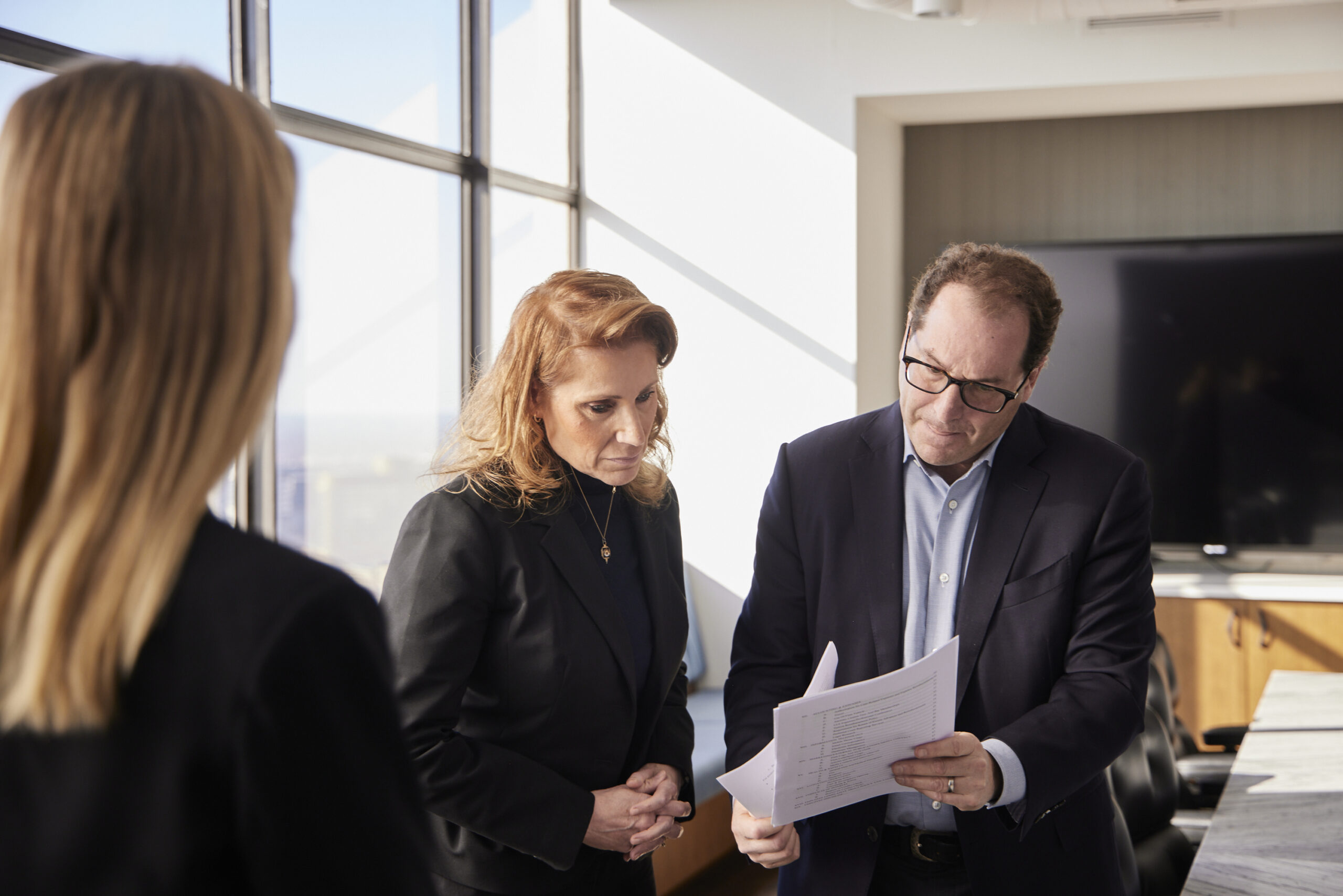The Public Disclosure Bar and “Substantially Similar”
After finding that transactions of fraud have been publicly disclosed, the next step in the public disclosure analysis is determining if the allegations in the complaint are “substantially the same” as those publicly disclosed transactions of fraud. See Moore, 812 F.3d at 301.
The Public Disclosure Bar Language Pre/Post 2010
The language of the Public Disclosure Bar changed in 2010. The pre-2010 Public Disclosure Bar stated: “No court shall have jurisdiction over an action under this section based upon the public disclosure of allegations or transactions. . . . “ See 31 U.S.C. § 3730(e)(4)(1) (2006) (emphasis added).
The post-2010 Public Disclosure Bar stated: a court “shall dismiss an action or claim . . . if substantially the same allegations or transactions as alleged in the action or claim were publicly disclosed. . . .” 31 U.S.C. § 3730(e)(4)(1) (2010) (emphasis added).
Although the language of this portion of the statute was revised by the 2010 amendment, the standard in this Circuit remains the same. Before the amendment, the Third Circuit held “that the term ‘based upon’ means ‘supported by’ or ‘substantially similar to.” U.S. ex rel. Paranich v. Sorgnard, 396 F.3d 326, 334 (3d Cir. 2005). The 2010 amendment “essentially codifies” this interpretation. 1 John T. Boese, Civil False Claims and Qui Tam Actions § 4.02[A][2] (3d ed. 2006).
Defining “Substantially Similar” in the Public Disclosure Bar
There is currently no definition of “substantially the same” in the Third Circuit. The only two Circuits that have approached defining “substantially the same” are the Seventh and Ninth Circuits.
The Seventh Circuit’s Definition of “Substantially Similar”
The Seventh Circuit in Leveski developed certain cognizable parameters for future courts considering the issue. The Leveski court reasoned that a relator’s allegations must not be viewed “at the highest level of generality . . . in order to wipe out qui tam suits that rest on genuinely new and material information.” Leveski v. ITT Educ. Servs., Inc., 719 F.3d 818, 831 (7th Cir. 2013) (citing United States ex rel. Goldberg v. Rush Univ. Med. Ctr., 680 F.3d 933, 936 (7th Cir. 2012)).
In terms of what “material” information is, the court noted that material information includes “vital facts,” often in the form of “relevant names, meetings, and other details” to the proceedings, but that such facts need not allege an entirely new scheme of fraudulent behavior in order to be different from the publicly disclosed transactions. Id. at 832; see also Baltazar, 635 F.3d at 869 (“Baltazar’s suit, by contrast, supplied vital facts that were not in the public domain”). In fact, information that adds more nuance or sophistication to an already publicly known scheme is sufficient. Leveski, 719 F.3d at 832; Goldberg, 680 F.3d at 935.
While the case involved industry-wide fraud, the Seventh Circuit’s decision disregarded discussions of the industry in question, noting that so long as “new facts and new details [are added] to . . . general knowledge that were not previously in the public domain,” it frankly does not matter if the industry in question is narrow, centralized, and under suspicion. Leveski, 719 F.3d at 834.
The Ninth Circuit’s Definition of “Substantially Similar”
Finding the Seventh Circuit’s approach to be persuasive, the Ninth Circuit articulated its own approach to analyzing the “substantially the same as” prong of the public disclosure bar as it relates to industry-wide fraud as follows:
Allowing a public document describing ‘problems’ – or even some generalized fraud in a massive project or across a swath of an industry – to bar all FCA suits identifying specific instances of fraud in that project or industry would deprive the Government of information that could lead to recovery of misspent Government funds and prevention of further fraud. United States ex rel. Mateski v. Raytheon Co. 816 F.3d 565, 577 (9th Cir. 2016); see also United States ex rel. Goldberg v. Rush Univ. Med. Ctr., 680 F.3d 933, 936 (7th Cir. 2012) (“boosting the level of generality in order to wipe out qui tam suits that rest on genuinely new and material information is not sound.”).
In Mateski, public government reports identified a series of problems in connection with a particular defense contracting project, including allegations that defendant Raytheon (a subcontractor) had deviated from the prime contractor’s management and policy directives, and that Raytheon’s process engineering and performance were inadequate. Id. at 572.
Subsequently, the relator alleged that Raytheon violated the False Claims Act by “failing to comply with numerous contractual requirements in the development of VIIRS, fraudulently covering up areas of noncompliance, and improperly billing the Government for erroneous and incomplete work.” Id. at 568.
The Mateski court compared, at a granular level, the allegations in the Complaint and the alleged public disclosures. Id. at 573. Notwithstanding the fact that the public reports identified both the project in question and the defendant (Raytheon), Mateski noted that these disclosures discussed Raytheon’s general failures in connection with the contract, whereas the allegations in the Complaint discuss particular problems which were not specifically discussed in the publicly disclosed information, and details regarding those particulars. Id. at 578 (“Although prior public reports had described general problems with Raytheon’s work on VIIRS, none provided specific examples or the level of detail offered by Mateski”).
The methodology identified in the Seventh Circuit and endorsed by the Ninth Circuit makes the inquiry quite simple: does relator bring forth specific, non-public allegations that would materially assist the government’s investigation?
Contact Us to Learn More
Do you need a Whistleblower Lawyer or want to know more information about Qui Tam Law and your rights under the False Claims Act?
There are three easy ways to contact our firm for a free, confidential evaluation with one of our whistleblower attorneys:
- Fill out the contact form on this page.
- Email [email protected]
- Call (844) 781-3088
Your submission will be reviewed by a Berger Montague qui tam attorney and remain confidential.











